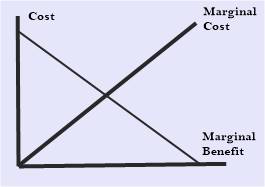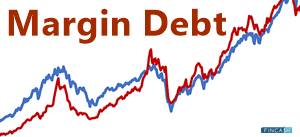
Table of Contents
What is the Margin of Safety?
The margin of Safety refers to the principle in which the investor makes an investment in the shares and other securities only when the Market value of the product is lower than its intrinsic price. Basically, the difference between the Intrinsic Value of the financial product and its market price is defined as the margin of safety. The margin of safety can differ from investor to investor. Usually, the traders set this margin based on their risk appetite.

The formula for Margin of safety is:
(Current Sales Level - Break-Even Point) / Current Sales Level x 100
The major benefit of this investment principle is that the investor is able to purchase the product when there is minimal risk involved. The investors wait until the market price of the product drops. In the financial Accounting context, the margin of safety can be defined as the difference between the total sales the company has made and the break-even sales.
How is the Intrinsic Value of the Securities Calculated?
This term got popular by Benjamin Graham, who is also known as the father of investment. First things first, the investors are supposed to find out the actual or intrinsic value of the securities or financial products before establishing the margin of safety. For that, you need to consider qualitative as well as quantitative data. This includes total Income, fixed assets, company management, and more. All these factors contribute to the intrinsic value of the shares. Once you have determined the intrinsic value, the next step is to consider the market price of the product. You could, then, compare the market price with the intrinsic value to get the margin of safety. Buffett considers the margin of safety as one of the most crucial elements of investment.
The margin of safety also helps prevent errors in analysis and calculations. It is important to note that this investment principle does not assure a successful investment. That’s because no one can determine the accurate intrinsic value of any organization. Basically, it is based on our assumptions and calculations. It all comes down to the method you use for calculating the intrinsic value of a company. Though your judgments can be close to the intrinsic value, it is rarely accurate. The main reason is that investors and analysts can only predict the annual revenue of a company based on its performance and latest projects.
Talk to our investment specialist
Example of Margin of Safety
Graham invented this investment principle. He focused on the basic investment factors when discovering the margin of safety. Graham knew that the price of the stocks and financial products do not remain stable. They keep fluctuating. The shares that are priced at INR 300 can go up to INR 350 or drop to INR 200 in a few days. Now, buying the stocks at a price lower than its intrinsic value can result in profits. Based on this Investing principle, analysts and investors started to purchase the securities when the companies issued them at a discounted price. They believed that this strategy can limit losses. In other words, this discount on the intrinsic value ensures that the investors suffer a minimal loss.
All efforts have been made to ensure the information provided here is accurate. However, no guarantees are made regarding correctness of data. Please verify with scheme information document before making any investment.












